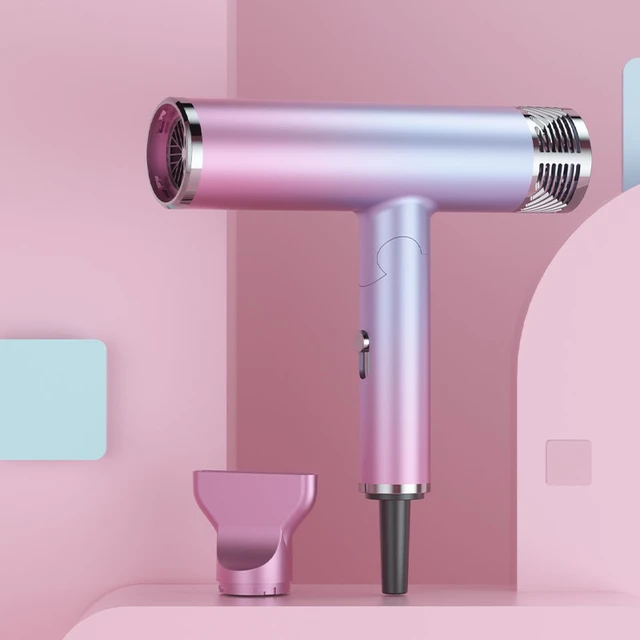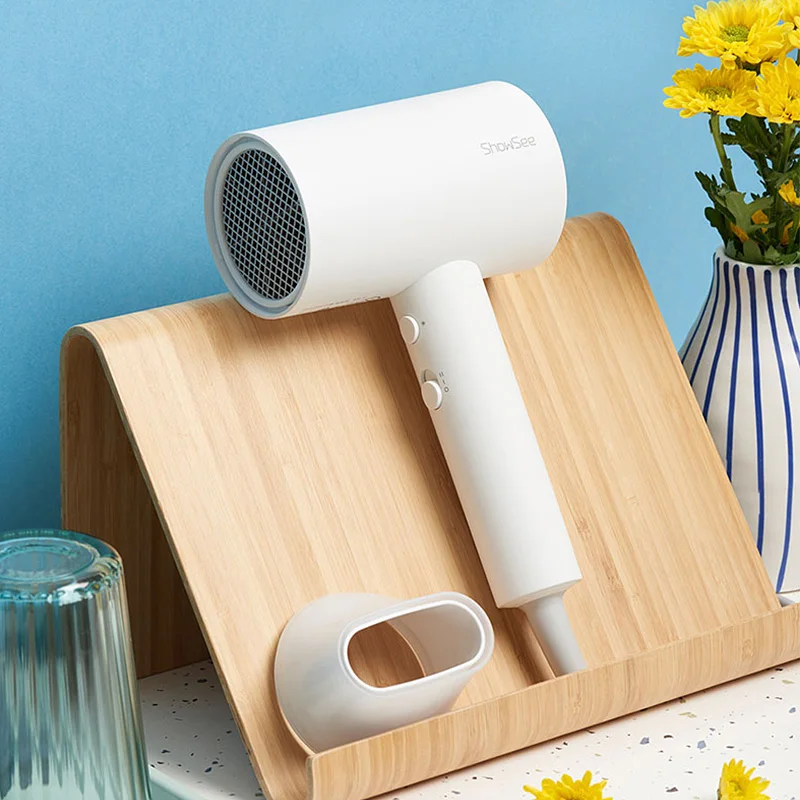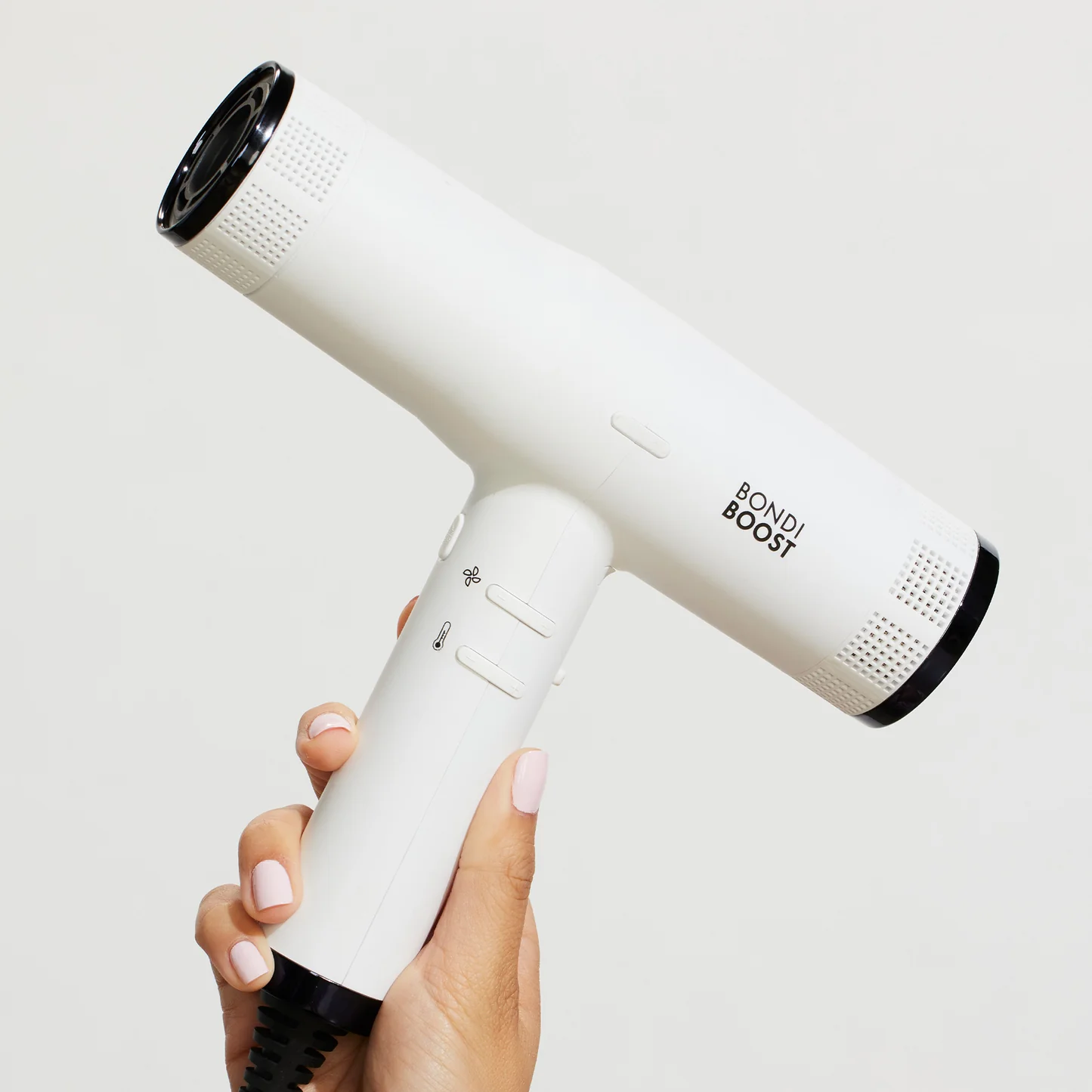Cleaning your hair dryer may not seem like a priority, but it’s essential for both hygiene and performance. Over time, dust, lint, and hair can accumulate in your device, leading to a decrease in efficiency. Not to mention, a dirty hair dryer can become a breeding ground for bacteria and other harmful microbes. This article will provide an in-depth guide on how to clean a hair dryer, covering everything from the components that need attention to the best cleaning supplies to use.
Understanding Your Hair Dryer
Before diving into the cleaning process, it’s crucial to understand the anatomy of a hair dryer. Knowing how your device works will help you clean it properly and avoid causing any damage.
Components of a Hair Dryer
A typical hair dryer consists of several parts, each playing a critical role in its functionality:
- Motor: The motor powers the fan that blows air over the heating element.
- Heating Element: This component warms the air before it exits the dryer.
- Fan: The fan helps to circulate air and disperse heat.
- Filter: Most hair dryers come with a removable filter to prevent dust and debris from entering the motor.
- Nozzle: The nozzle directs airflow and helps style hair.
- Housing: The outer shell that houses all these components.
Understanding these parts will guide you in cleaning them properly without causing damage.
Why Cleaning Your Hair Dryer is Important
Performance Issues
Over time, lint and hair can build up in the filter and the fan, obstructing airflow. This can cause the hair dryer to work harder than it needs to, leading to a shorter lifespan and poorer performance. A clean dryer provides powerful airflow and maintains consistent heat, allowing for optimal drying and styling.
Safety Concerns
A clogged hair dryer is not just inefficient—it can also pose safety risks. Dust and hair can catch fire if the heating element gets too hot due to restricted airflow. Regular cleaning minimizes this risk and ensures that your hair dryer operates safely.
Hygiene Factors
Hair dryers can accumulate moisture, especially if used after washing your hair. This moisture, combined with a buildup of hair and dust, provides an ideal environment for bacteria to thrive. Cleaning your hair dryer reduces the risk of skin irritations or infections.
Materials Needed for Cleaning
Before you get started, gather the following cleaning supplies:
- Soft cloth or microfiber towel
- Compressed air canister
- Cotton swabs
- Small brush (old toothbrush works well)
- Mild detergent
- Water
- Screwdriver (if applicable)
- Isopropyl alcohol (optional)
Having these materials handy will make the cleaning process more efficient and effective.
Step-by-Step Guide on How to Clean a Hair Dryer
Step 1: Unplug the Hair Dryer
Before you start cleaning, ensure that the hair dryer is unplugged. This is a vital safety step to prevent any electrical accidents. Wait a few moments for the dryer to cool down if it has been recently used.
Step 2: Remove the Filter
Most hair dryers have a detachable filter at the back. Make sure to check your manual for the specific instructions on how to remove it. Gently twist or pull the filter to remove it; be cautious to not apply too much force, which could damage it.
Step 3: Clean the Filter
Once the filter is removed, use a small brush to gently scrub it, removing any visible lint and hair. You can use the compressed air canister to blow out any stubborn debris stuck in the filter. If the filter is particularly dirty, rinse it with warm soapy water. Make sure to let it dry completely before reattaching it.
Step 4: Clean the Air Intake
After cleaning the filter, it’s time to clean the air intake area of the hair dryer. Using a soft cloth, wipe down the intake area to remove any dust, dirt, or hair. If you notice any build-up, you can use an old toothbrush or q-tip to reach small crevices. Be gentle to avoid pushing debris further into the device.
Step 5: Inspect the Heating Element
While you shouldn’t directly clean the heating element (as it can be delicate), give it a visual inspection to check for any significant dust build-up. If you notice any noticeable dust, a thorough blast with compressed air can help. Avoid touching it directly with your hands or any cleaning tool.
Step 6: Clean the Body of the Hair Dryer
Use a soft, damp cloth to wipe down the exterior of the hair dryer. Use a mild detergent if necessary. Be cautious not to let any moisture enter the air intake or other openings.
Step 7: Reassemble the Hair Dryer
Once all components are clean and dry, carefully reattach the filter and any other parts you’ve removed. Make sure everything is secure and properly aligned.
Step 8: Final Inspection
Do a final check to ensure everything is in order and that no cleaning debris remains. Plug in your hair dryer and turn it on briefly to make sure it’s operating correctly.
Step 9: Repeat Regularly
To maintain the performance and longevity of your hair dryer, aim to clean it every 1 to 3 months. The frequency may vary depending on how often you use it and environmental factors like dust and humidity.
Additional Tips for Maintaining Your Hair Dryer
Store it Safely
Proper storage can also help keep your hair dryer in good shape. Avoid storing it in damp areas like bathrooms, which can exacerbate any moisture or bacterial build-up. Instead, keep it in a dry, cool place, preferably in a protective pouch or case.
Monitor Usage
If you’re using heat extensively, consider lowering the temperature settings to prolong the lifespan of your device. Many modern hair dryers have multiple heat settings; using a lower setting can save energy and reduce wear on the heating element.
Check for Damage
Regularly inspect the cord for any signs of wear or damage. If you notice frays or cuts, it’s best to stop using the hair dryer and consult a professional for repairs. A damaged cord can be a significant safety hazard.
Invest in Quality
When purchasing a hair dryer, invest in a reputable brand known for its quality and durability. A good unit typically has better airflow and temperature controls, making it easier to maintain.
 Common Issues Related to Dirty Hair Dryers
Common Issues Related to Dirty Hair Dryers
Overheating
As mentioned earlier, restricted airflow due to dust and debris can cause a hair dryer to overheat. If you notice your dryer is getting excessively hot or shutting off unexpectedly, it might be time for a cleaning.
Reduced Performance
If your hair dryer takes longer than usual to dry your hair, it could indicate an airflow issue. Cleaning the fan, filter, and intake can help restore its efficiency.
Unpleasant Odors
If your hair dryer emits a burnt smell while in use, this could be a sign of overheating components or trapped debris being scorched. Cleaning the device should eliminate the problem, but if the smell persists, consult a professional.
Noise Issues
A dirty motor or fan can lead to odd noises when the hair dryer is in use. Regular cleaning should help maintain quiet operation, but if you still hear strange sounds, it might be a mechanical issue requiring professional attention.
Conclusion
Learning how to clean a hair dryer is essential for its maintenance and longevity. Regular cleaning will not only improve the performance of your device but also ensure that it operates safely and hygienically. By following the steps outlined above and incorporating good storage practices, you can keep your hair dryer functioning optimally for years. If you’re ever in doubt about the cleaning process or performing maintenance tasks, always refer to the manufacturer’s instructions. Proper care will go a long way in making sure your hair dryer serves you well and keeps your hair looking gorgeous.

